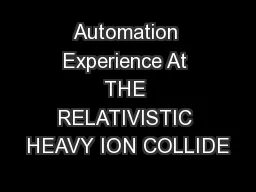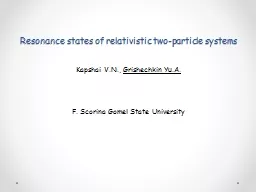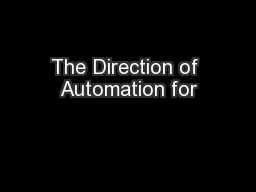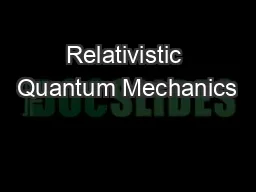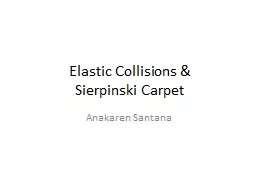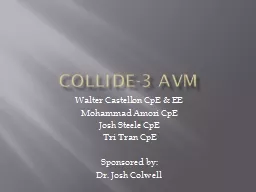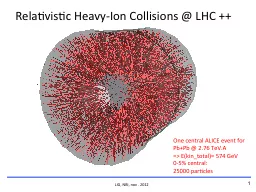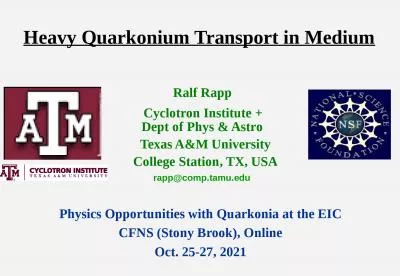PPT-Automation Experience At THE RELATIVISTIC HEAVY ION COLLIDE
Author : kittie-lecroy | Published Date : 2017-06-24
Christopher Zimmer Brookhaven National Laboratory Upton NY USA Overview of the RHIC complex Examples of automation types Need for automation Reasons why our methods
Presentation Embed Code
Download Presentation
Download Presentation The PPT/PDF document "Automation Experience At THE RELATIVISTI..." is the property of its rightful owner. Permission is granted to download and print the materials on this website for personal, non-commercial use only, and to display it on your personal computer provided you do not modify the materials and that you retain all copyright notices contained in the materials. By downloading content from our website, you accept the terms of this agreement.
Automation Experience At THE RELATIVISTIC HEAVY ION COLLIDE: Transcript
Download Rules Of Document
"Automation Experience At THE RELATIVISTIC HEAVY ION COLLIDE"The content belongs to its owner. You may download and print it for personal use, without modification, and keep all copyright notices. By downloading, you agree to these terms.
Related Documents

